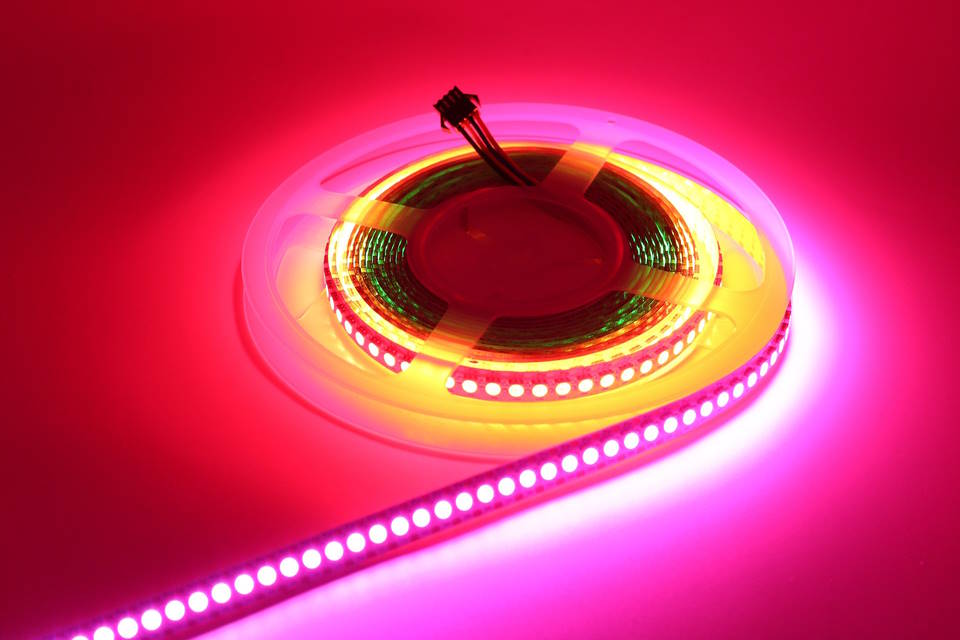LED strip lights have gained immense popularity in recent years due to their energy efficiency, longevity, and versatility. They offer a simple and innovative way to brighten up any space with minimal effort. But how long do these lights last? Can you leave them on for extended periods? Also, why do they burn out, and are they safe to leave on for an entire week? We will answer all your questions related to LED strip lights and help you make an informed decision before purchasing them. So, let’s dive in and explore the world of LED strip lights!
Introduction
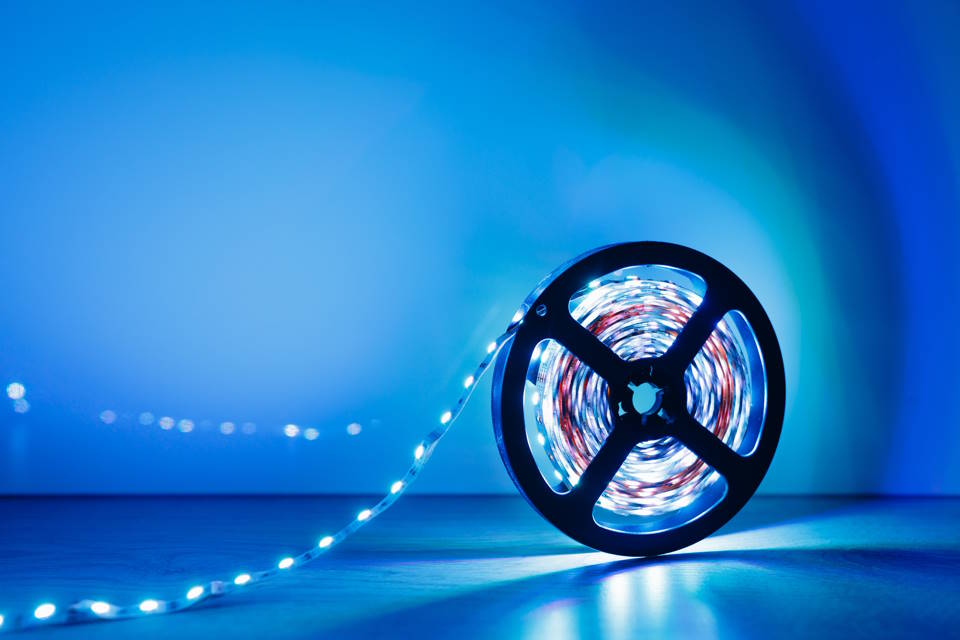
LED strip lights are a popular lighting option for many homeowners, businesses, and DIY enthusiasts. But just like any other type of lighting, they don’t last forever. The burning question on everyone’s mind is, “How long do LED strip lights last?” Well, the answer isn’t that simple as it depends on various factors.
Lifespan of LEDs: Unlike incandescent bulbs, LED Strip lights don’t just burn out; they slowly lose brightness over time. The average lifespan of an LED strip light is around 50,000 hours. However, some LEDs have been known to last up to 100,000 hours. This equates to about five years if running 24/7, 11 years if running 12 hours a day, and 22 years if running for 6 hours a day.
Factors Affecting LED Lifespan: Many factors can affect the lifespan of LED strip lights. One of the most important factors is the quality of the LED chips and the type of phosphor used in the manufacturing process. If manufacturers use low-quality chips, the lights will dim quickly and have a much shorter lifespan than those using high-quality chips. Environmental factors such as humidity, dust, and temperature can also affect LED lifespan. Running LED strip lights at a higher temperature than recommended can cause the phosphor to degrade faster, leading to a shorter lifespan.
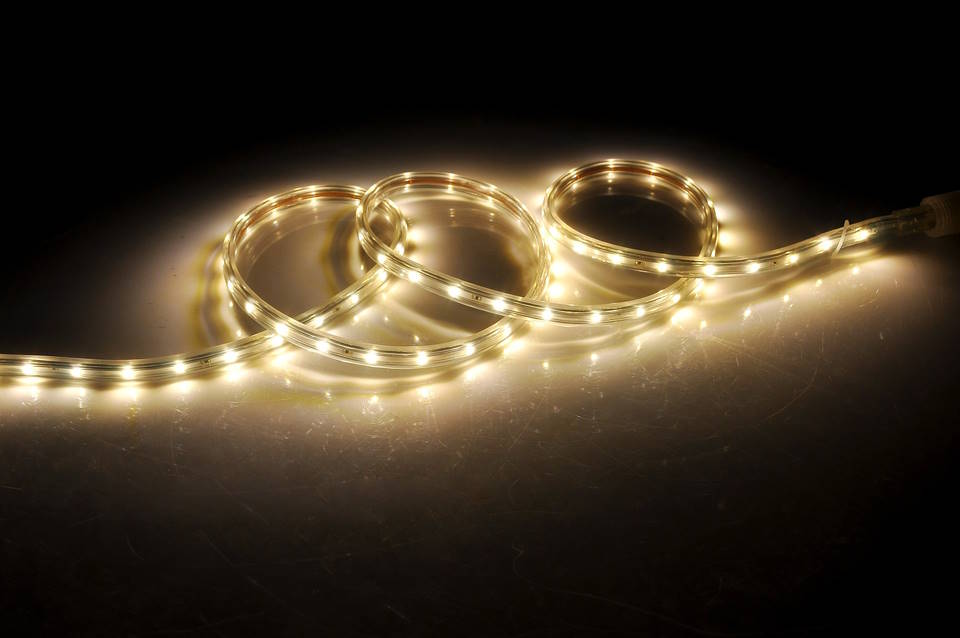
- Quality of LED chips
- Type of phosphor used
- Humidity
- Dust
- Temperature
How to Prolong LED Strip Light Lifespan: If you want to extend the lifespan of your LED strip lights, you can take a few simple steps. First, invest in high-quality LED strip lights from a reputable supplier. Look for strips with high-quality chips and a high color rendering index (CRI) for better color rendering. Ensure that they are installed and operated according to the manufacturer’s instructions. One major note, never overload your LED strip lights when connecting them to a power supply. If you follow these basic steps, your LED strip lights can last for many years.
| Lifespan | Running | Total Hours |
|---|---|---|
| 5 Years | 24/7 | 438,000 Hours |
| 11 Years | 12 Hours per day | 438,000 Hours |
| 22 Years | 6 Hours per day | 438,000 Hours |
Why Do LED Strip Lights Burn Out?

LED strip lights are a popular choice for homeowners due to their energy efficiency, versatility, and longevity. However, despite their durability, they can still burn out over time. If you have ever wondered why your LED strip lights suddenly stopped working, here are some possible reasons why.
- OverheatingOne of the most common reasons why LED strip lights burn out is due to overheating. LED strip lights generate heat, and if they are not installed properly or are covered by insulation, the heat cannot be dissipated, which can cause the LEDs to fail prematurely. In addition, if LEDs are operated at a high temperature for a prolonged period, this can cause damage to the internal wiring and components, which can also lead to premature failure.
- Power SurgesPower surges can also cause LED strip lights to burn out. Power surges can occur when there is a sudden increase in the amount of electricity flowing through the circuit. This can cause the LEDs to receive too much power, which can cause them to burn out. To prevent power surges, it is important to use surge protectors.
- Poor QualityThe quality of the LED strip lights can also play a significant role in how long they last. Cheaper LED strip lights may be more prone to failures due to low-quality components. It is always better to buy from reputable suppliers to ensure you are getting high-quality products.
If you want to avoid LED strip lights burning out, it is essential to take these factors into account when installing and using them. By ensuring that your LEDs are not covered by insulation and are adequately cooled, you can prevent overheating. Using surge protectors can also help to avoid power surges, and investing in high-quality LED strip lights can ensure their longevity. By following these simple steps, you can enjoy your LED strip lights for years to come.
Can You Leave LED Strips on 24/7?
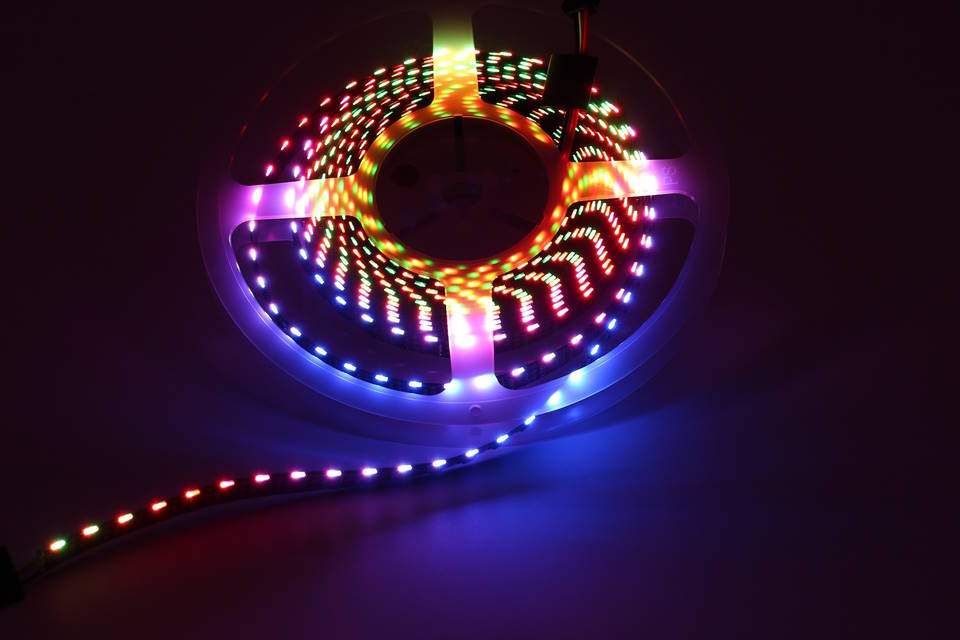
LED strip lights are becoming increasingly popular due to their versatility and energy efficiency. With advancements in technology, LED strip lights can easily be left switched on for long durations of time without any risk of burning out or causing harm. However, one common question that many people have is whether LED strips can be left on for 24/7.
The answer to this question is yes, LED strip lights can be left on 24/7 without any damage to the LED light strip itself. This is because LED strip lights are designed to operate with low levels of heat, which makes it ideal for continuous use. Contrary to popular belief, leaving LED strip lights on for 24 hours does not significantly reduce their lifespan either. In fact, many LED light manufacturers actually guarantee a certain number of hours their lights will last when used continuously.
However, it’s important to note that leaving your LED strip lights on for 24/7 can lead to a significant increase in your electricity bills. This is because LED lights draw power continuously, even if they are not necessarily being used. As such, it is recommended to switch off LED lights when they are not in use to save on electricity bills.
Is It Safe to Leave LED Lights on for a Week?

LED lights are popular for many reasons. They come in different colors, sizes, and shapes. They are energy efficient, low heat-emitting, and they can last a long time. However, there is still confusion regarding the safety of leaving the LED lights on for a long period. The question is, is it safe to leave LED lights on for a week? Let’s find out.
First off, LED lights are designed to be long-lasting, efficient, and safe to use. The lifespan of an LED light depends on the quality of the LED chips, the components used, and the operating conditions. Generally, LED lights are rated to last for 50,000 to 100,000 hours or more. This means that they can be left on for a week and still be safe to use without any risk of overheating or causing fire hazards.
- When you buy LED lights, make sure they are of good quality and come from a reputable supplier. This will ensure that they are designed and built according to safety standards and have undergone proper testing.
- If you plan to leave your LED lights on for a long time, it is recommended to use a timer or smart switch to turn them on and off at specific times. This will prevent unnecessary power consumption and extend the lifespan of your LED lights.
- Although LED lights are safe to use, it is still important to follow basic safety measures. Do not touch the LED lights while they are on, keep them away from flammable materials, and do not expose them to water or moisture.
| Incandescent Bulbs | CFLs | LEDs | |
|---|---|---|---|
| Energy Consumption | High | Low | Very Low |
| Lifespan | 1,000 to 2,000 hours | 8,000 to 10,000 hours | 50,000 to 100,000+ hours |
| Heat Emissions | High | Low | Very Low |
Do LED Lights Get Hot?
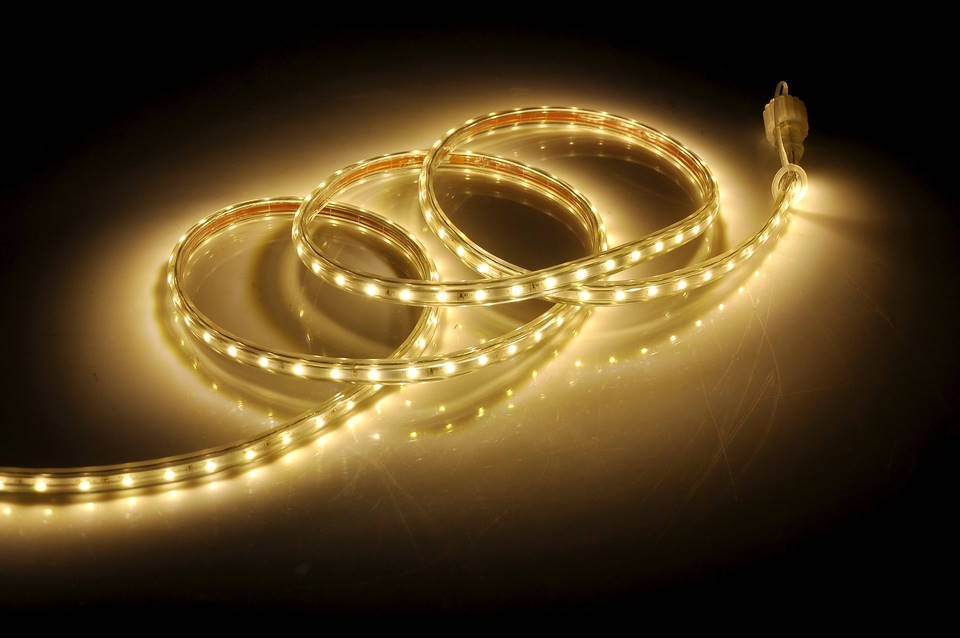
LED lights have been becoming increasingly popular as a lighting option in homes and businesses all across the world. One of the biggest reasons for their popularity is their energy efficiency and long lifespan when compared to traditional lighting options. However, with any new technology come a set of questions and concerns. One such question that is often asked is: do LED lights get hot?
The answer to this question is both yes and no, depending on the circumstances. LED lights themselves do not get hot enough to cause any harm or damage. In fact, one of the key benefits of LED lights is that they produce very little heat. This is because traditional lighting options use up a lot of energy to produce heat along with light, whereas LED lights are specifically designed to focus on producing light and minimizing heat output.
- However, there are a few situations in which LED lights can get hot:
- Firstly, if they are used improperly or in the wrong circumstances. For example, if LED lights are installed in a small space without proper ventilation, they can trap the heat that they do produce and end up getting very hot.
- Secondly, if LED lights are placed too close to flammable materials, they can increase the risk of fires.
- Finally, LED lights can get hot if they are not of good quality or are damaged. In this case, they might not be able to regulate their own temperature as effectively as they should, leading to overheating.
Do LEDs Use a Lot of Electricity?
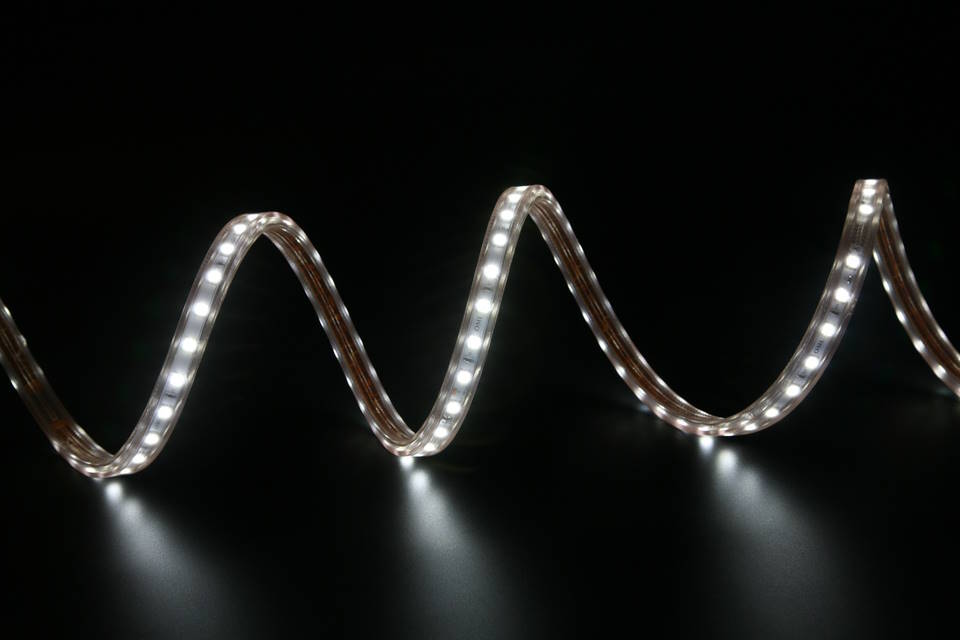
LED lights have become increasingly popular due to their energy efficiency, long lifespan, and low maintenance. However, one of the common concerns among homeowners when it comes to LED lights is whether they use a lot of electricity. We will explore this question and provide you with an in-depth understanding of the electricity usage of LEDs.
LED lights use significantly less electricity compared to traditional incandescent bulbs. According to the U.S. Department of Energy, LEDs can use 75% less energy and last 25 times longer compared to incandescent bulbs. This means that if you replace all the lights in your home with LEDs, you will notice a significant decrease in your monthly electricity bills. Moreover, LED lights do not produce heat like incandescent bulbs, which further contributes to energy efficiency.
- On average, a 60-watt incandescent bulb uses 0.06 kilowatt-hours (kWh) of electricity per hour of use.
- On the other hand, a 10-watt LED bulb uses 0.01 kWh of electricity per hour of use.
As you can see, LED lights use significantly less electricity compared to traditional bulbs. This means that not only will you save money on your electricity bills, but you will also reduce your carbon footprint. Moreover, as LED lights can last significantly longer than traditional bulbs, you will also save money on replacement bulbs over time.
In conclusion, LED lights use significantly less electricity compared to traditional bulbs, making them an energy-efficient and environmentally friendly lighting solution. By switching to LED lights, you can reduce your monthly electricity bills, decrease your carbon footprint, and save money in the long run.

